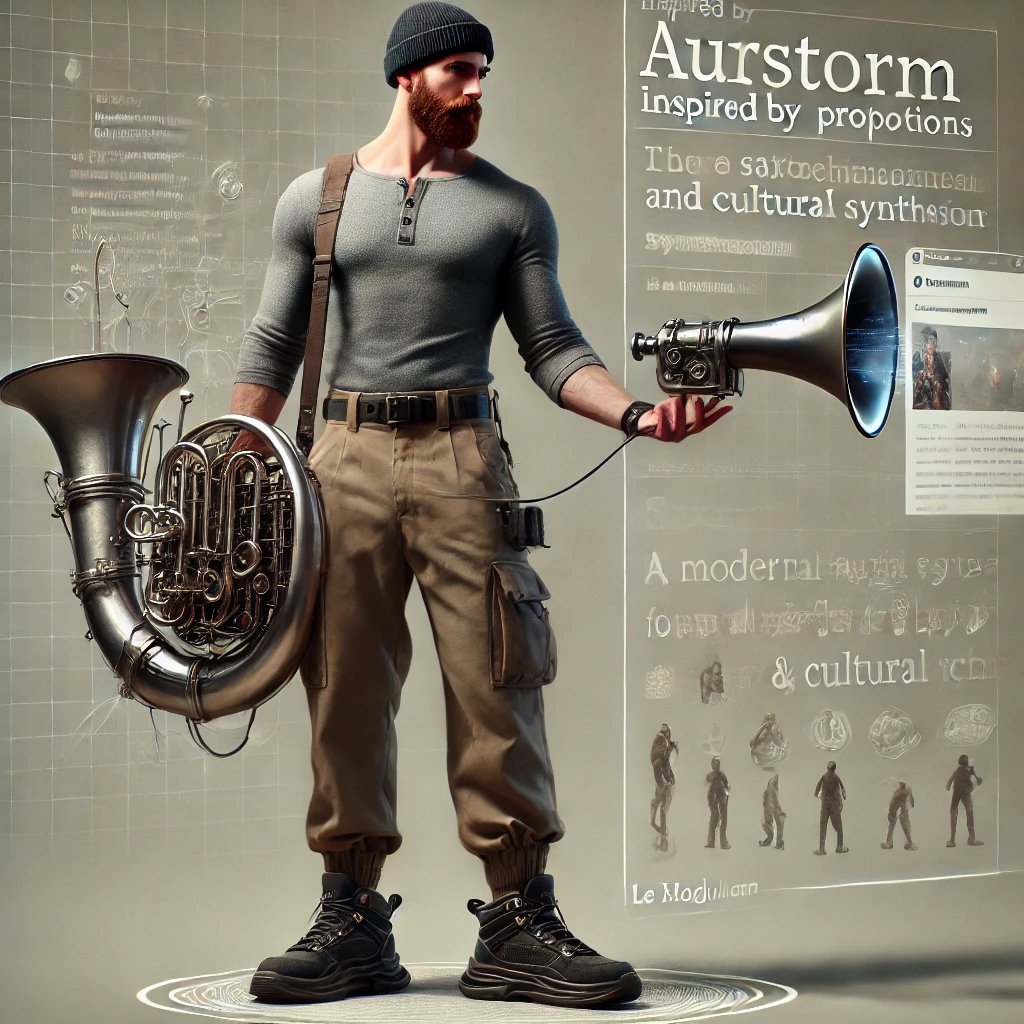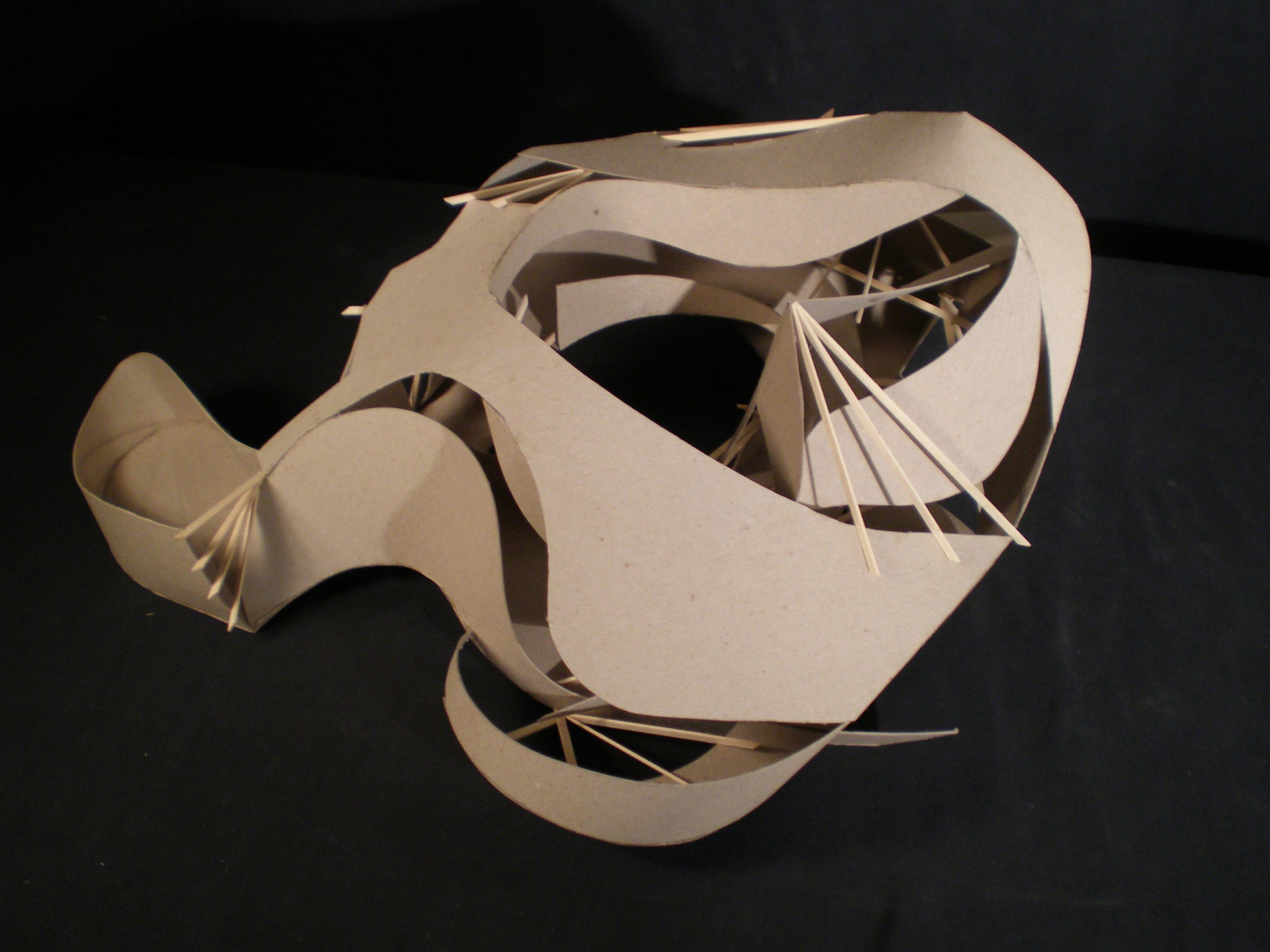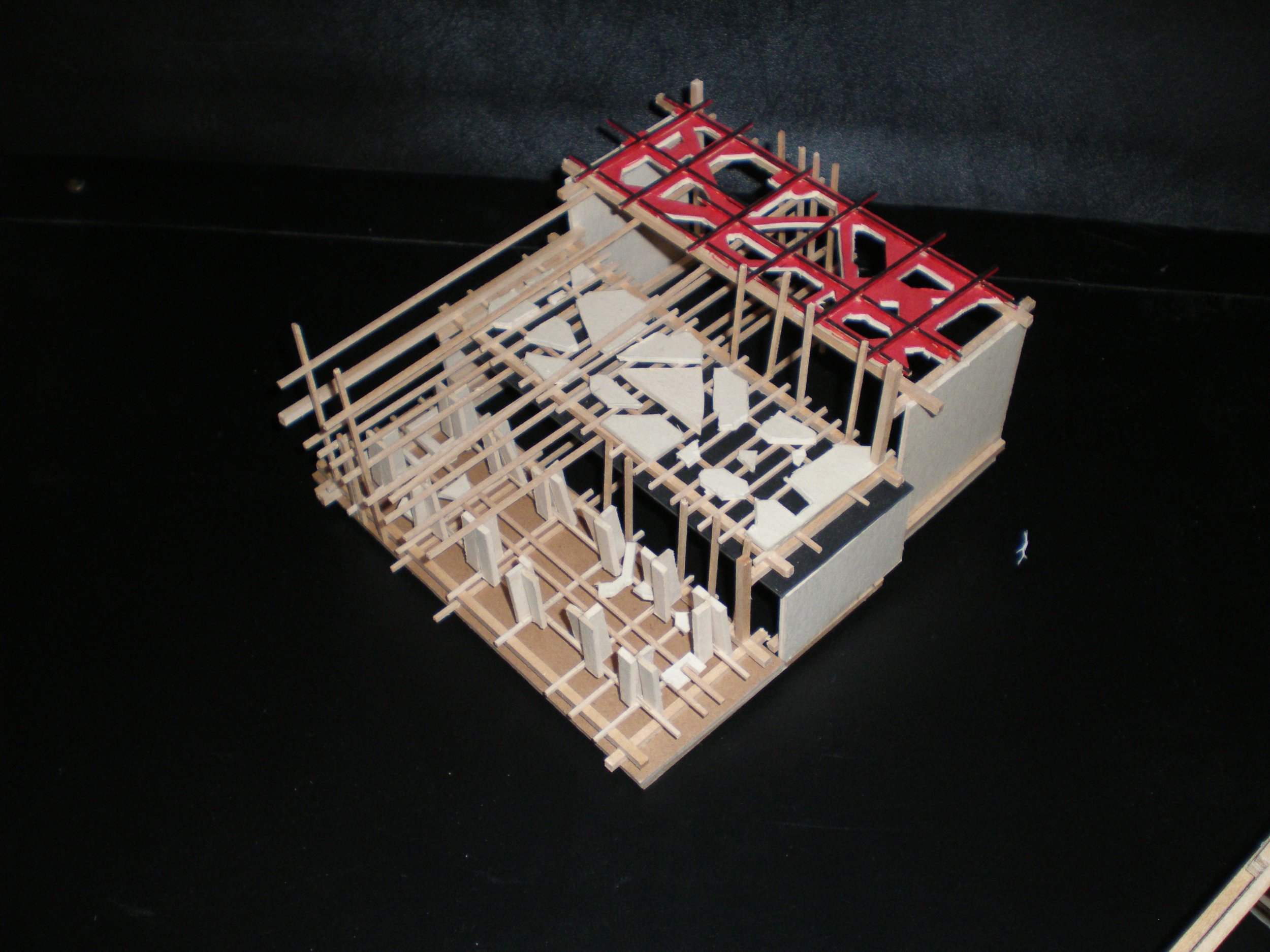To establish a comprehensive framework within the Porboi Multiversity that supports individuals with intellectual and developmental disabilities (IDD), we can integrate inclusive education models, community engagement initiatives, and supported employment opportunities. This approach aims to empower individuals with IDD to become active, valued members of society.(Wikipedia)
Inclusive Education and Skill Development
1. Inclusive Postsecondary Education (IPSE) Programs:
Institutions like Southeastern Louisiana University participate in the Louisiana Alliance of Postsecondary Inclusive Education (LAPIE), offering programs that provide academic, social, and vocational experiences for students with IDD. (Southeastern Louisiana University)
2. Comprehensive Transition Programs (CTPs):
CTPs are designed to support students with intellectual disabilities in postsecondary education by focusing on academic enrichment, socialization, independent living skills, and integrated work experiences. (U.S. Department of Education)
3. Universal Design for Learning (UDL):
Implementing UDL principles ensures that educational materials and activities are accessible to all learners, accommodating diverse learning styles and needs. (Wikipedia)
Community Engagement and Employment Opportunities
1. City Beautification Projects:
Engaging individuals with IDD in community beautification efforts, such as planting local flora in public spaces, not only enhances the environment but also provides meaningful employment opportunities.
2. Supported Employment Models:
Programs like Best Buddies Jobs facilitate competitive employment for individuals with IDD, offering support systems for both employees and employers to ensure successful job placements. (Wikipedia)
3. Inclusive Recreation:
Providing adaptive recreational activities allows individuals with disabilities to participate alongside their peers, promoting social inclusion and physical well-being. (Wikipedia)
Implementation Strategy
1. Personalized Learning Plans:
Develop individualized education plans that align with each student’s strengths, interests, and goals, ensuring a tailored educational experience.
2. Collaboration with Local Organizations:
Partner with local businesses, nonprofits, and government agencies to create internship and employment opportunities for students with IDD.
3. Training and Support for Educators:
Provide professional development for instructors to effectively implement inclusive teaching strategies and support diverse learners.
By integrating these components, the Porboi Multiversity can create an inclusive environment that fosters growth, independence, and societal contribution for individuals with intellectual and developmental disabilities.
Here’s a categorized and expanded breakdown of current jobs typically available to individuals with intellectual and developmental disabilities (IDD) and a proposed vision of new role expansions that can uplift, dignify, and integrate IDD individuals as vital contributors to evolving communal and environmental systems.
I. Current Job Categories Commonly Offered to IDD Individuals
Job Category
Examples
Traits
Limitations
Food Service
Dishwasher, Busser, Fast Food Assembler
Repetitive tasks, teamwork
Often low-paying, minimal upward mobility
Retail & Stocking
Cart Retriever, Shelf Stocker, Greeter
Routine, structured tasks
Little to no creative input
Janitorial & Maintenance
Custodial Worker, Groundskeeping Assistant
Predictable environment
Often stigmatized, under-appreciated
Laundry Services
Towel folder, Machine loader
High repetition tolerance
Rarely allows for skill growth
Packaging & Assembly
Envelope stuffer, Product packer
Assembly-line logic
Prone to automation, low interactivity
Animal Care (Limited)
Kennel cleaner, Pet bather
Empathetic environments
Not often scaled or integrated
II. Expanded Job Roles: New Ontological Opportunities for IDD Empowerment
A. Urban & Ecological Beautification
Community Flora Stewards
Care for city floral installations along medians, sidewalks, and urban green zones.Tasks: Planting, watering, seasonal upkeep, seed collection
Structure: Group-based with horticulture mentor
Value Add: Urban pride, biodiversity enrichment, creative pride
Pollinator Corridor Attendants
Specialize in butterfly and bee garden zones to maintain pollinator health.Tasks: Identifying blooms, replenishing nectar plants
Outcome: Supports ecological sustainability while offering sensory engagement
B. Public Art, Cultural Expression & Decor
Mural Helpers & Mosaic Artists (Collaborative)
Work with community artists to create public art pieces.Focus: Color matching, tile placement, basic sketching
Outcome: Social inclusion and local visual storytelling
Seasonal Decorators for City Events
Hang community lights, banners, and floral wreaths for festivals.Benefit: Integrates with municipal PR; supports local tourism
C. Digital & Audio-Based Accessibility Positions
Digital Labeling Assistants (with AI Tools)
Assist in training AIs to recognize common objects/contexts for accessibility.Tasks: Voice input, tagging images, sorting audio clips
Tools: Guided low-barrier tech environments
Outcome: Contribution to global accessibility systems
Sensory Content Testers
Evaluate calming apps, audio-guided meditations, or digital learning experiences.Impact: Offer real user feedback to sensory-focused designers
D. Therapeutic & Emotional Companion Roles
Animal Walk Team Assistants
Support professional dog walkers and therapy animal organizationsTasks: Schedule help, light walking, treats organization
Sensory Garden Curators
Maintain spaces for smell-touch-sound experiences in hospitals/schoolsAppeal: Engages the senses, therapeutic work environments
E. Microenterprise & Cooperative Ventures
Handcrafted Goods Collectives
Small-batch crafts like soaps, cards, candles, or plant starts sold in local marketsStructure: Co-op model with shared leadership and oversight
Outcome: Ownership feeling, skill growth, community connection
Recycling Artists or Upcycling Fabricators
Transform salvaged items into useful or decorative piecesPartners: City recycling services, donation-based workshops
F. Botanical & Agricultural Pathways
Permaculture Apprentices
Train under agroecological mentors to build sustainable garden layoutsSkills: Planting, composting, rainwater use
Pathway: Scales from home garden to larger plots over time
Mushroom Cultivation Support
High-reward, low-noise, stable-light growing environmentsPartners: Local chefs, farmer’s markets
III. Proposed Support Structure for Success
Element
Description
Customized Job Mapping
Each applicant assessed for sensory, social, and movement preferences
Mentor-Guided Pathways
A professional buddy system to ensure safety and skill development
Microcredential Badges
Simple visual or tactile tokens to track skill progression
Health + Community Check-Ins
Interdisciplinary care team check-ins for sustained success
Peer Recognition Systems
Celebrations for jobs well done: bulletin boards, festival booths, etc.
IV. Philosophical Anchor
“Value is not intelligence; value is alignment. Let us redefine contribution not by speed of cognition, but by depth of intention.”
— Porboi Multiversity Principle Charter: Section VII
Would you like this drafted into a standalone sheet with a formal outline structure (headings, columns, or modules), or shall we evolve it into a visual map or canvas next?
Better Than It Was™ LLC – Core Philosophical Framework
I. Philosophical Prime Directive
"Only look to the past for learning how to do things better the next time. Live in the present as much as possible. Plan for the future at every available occurrence."
This statement represents the root codex of all actions taken by Better Than It Was™ LLC and is the foundation of our company’s conscious development philosophy.
II. Ontological Expansion
1. Past (Retrospective Cognition)
Not a domain of regret or fixation.
Utilized only as a record of iterations.
Functions as a manual for self-correction, not a cell of identity.
Emphasis on distilling lessons from the past to optimize new action, not to dwell or assign permanent value to outdated behavior.
2. Present (Situational Immersion)
Grounded in active presence.
The now is recognized as the only field where will can be exercised.
Sensory engagement and decision-making originate from the momentary locus.
We train minds to inhabit present conditions with dynamic clarity, agility, and appreciation.
3. Future (Strategic Projection)
The future is treated not as fantasy, but as an obligation.
Each thought or act should echo forward with purposeful resonance.
We employ recurring moment-to-moment foresight as a civic and spiritual duty to humanity and Earth.
III. Semantic Calibration
The core phrase is inoculated against misuse through its formatting:
No segment expresses judgment, condemnation, or deterministic finality.
Past = data, Present = domain, Future = path.
Repetition of balance ensures linguistic resilience under interpretation, whether academic, emotional, or technological.
IV. Neuro-Linguistic Encoding Principles
Temporal Anchoring: Each clause anchors human behavior to a timeframe, avoiding dissociation or delusion.
Semantic Triad: Ensures directional stability across temporal states.
Verbal Autonomy: No clause in the statement gives authority over an individual’s experience to any third party.
Positive Cognitive Looping: The format reinforces adaptable growth and prohibits trauma-loop narrative hijack.
V. Protective Codification for Institutional Use
Cannot be dissected to imply guilt, coercion, determinism, or commodification.
Cannot be restructured to remove present-moment supremacy.
Cannot be legislated into static action models.
Must be applied with human will, humility, and context-aware discretion.
VI. Summary Invocation
"The past is blueprint, the present is tool, the future is field. We build Better Than It Was™ with these in hand, and never with chains."
Monodexït Lexicographer Entry
Syncïz v3d.1 Term Archive — Formalized
0.] Term:
Neurozoëtic Resonance
(nūr-ō-ZOH-ə-tik REZ-ə-nəns)
1.] Latent Essence:
The term evokes the unseen, living intelligence of the nervous system — not as a programmable structure, but as a sacred, organic, bio-spiritual waveform capable of reverberative memory and relational imprinting. It resists the notion of artificial reformation by rooting mental adaptation in inherent lifeforce and recursive coherence.
2.] Motion in Specified Direction:
The term implies resonance as directionality — that change within the neural self happens not through external pressure or “rewiring,” but through echoed internal motion, like a song heard again, not redrawn. It moves inward, toward consonant re-engagement with original frequency-patterns rather than an imposed rewrite.
3.] Deliberate Juxtaposition:
Neuro (classical Greco-medical term) is paired with
Zoëtic (from zoē, life) to counteract clinical, mechanistic bias with organic animacy.
Resonance replaces “plasticity” to emphasize pattern, waveform, coherence, and relational field effects — a metaphysical tension that infuses biology with non-reductive meaning.
4.] Historical Insight:
“Plasticity” gained traction in post-WWII cognitive sciences, aligning with industrial metaphors of molding, warping, retraining — all suggestive of control.
By contrast, “zoëtic” originates from Ancient Greek ζωή (zoē) and reappeared during Romantic-era naturalist movements emphasizing life-force, breath, anima.
“Resonance” echoes across cultural epistemes: Tibetan singing bowls, Sufi dhikr, early Pythagorean acoustic mathematics — all suggest memory as harmonic continuity, not mechanical recoding.
5.] Ko’nemic Analysis:
Sound Symbolism & Phonaesthetics
Neu-ro [nʊ-roʊ] → Masculine-weighted, clinical, calculated
Zoë-tic [zoʊ-ɛ-tɪk] → Feminine, breathy, bio-tonic — carries a softer emergence and internal wave-like roll
Res-o-nance [rɛz-ə-nəns] → Balanced, echoic, closing in harmonic consonance
Hz Flow Averages:
Neu → 150–250Hz (head resonance)
Zoë → 200–450Hz (throat/heart resonance)
tic-Res-o → 350–600Hz (throat/nasal cavity blend)
Letter Aesthetic Flow:
The central Z links organic life (zoë) to vibratory motion (resonance).
“Z” bends like a waveform, bridging “oë” and “tic” — the feminine rise cresting into articulate structure.
“Resonance” ends in an open cadence, inviting echo and breath — it does not close with hard consonance, symbolizing open-ended potential.
6.] Etymological and Ontological Depth:
Neuro-: Greek neuron (nerve), from PIE root sneu- (to bind, twist), suggesting tensioned organic conduits rather than wires.
Zoëtic: from zoē — life, distinct from bios (biological existence). Zoë is lived essence, tied to soul.
Resonance: Latin resonare — to resound, echo. Root sonus (sound). Relates to sympathetic vibration, field entanglement, harmonic remembrance — not imprint overwrite.
7.] Usage Example:
“His trauma response wasn’t reprogrammed — it was transmuted through neurozoëtic resonance, echoing safer relational tones until coherence returned naturally.”
“We don’t train the brain — we listen to its neurozoëtic resonance and guide it gently back to song.”
Monodexït Note:
Let this term stand as a sentinel against synthetic metaphors. Let it resound with the dignity of living cognition. In the temple of language, neurozoëtic resonance rings true across the marble domes of sentient remembrance.





















